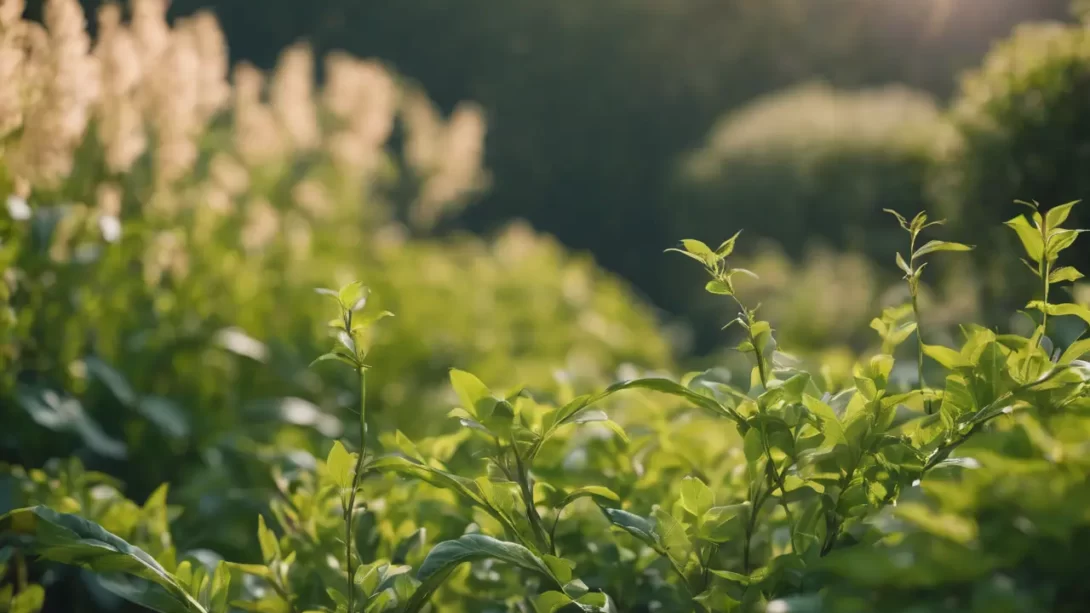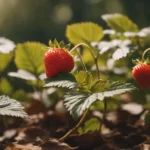Effective watering is crucial for the health and growth of shrubs, and drip irrigation has emerged as a preferred method for many gardeners. This efficient system delivers water directly to the roots, minimizing waste and ensuring that plants receive the moisture they need. Understanding the optimal duration to run drip irrigation for shrubs is key to maintaining their health and vigor. This article aims to guide gardeners on setting appropriate watering schedules for their shrubs using drip irrigation.
Drip Irrigation
Drip irrigation is a method of watering that slowly delivers water directly to the plant’s root zone. It involves a network of tubes and emitters that drip water at a controlled rate. This targeted approach reduces water loss due to evaporation and runoff, making it an efficient system for gardeners. Drip irrigation is particularly beneficial for shrubs, as it ensures that water penetrates deep into the soil, reaching the deeper roots, and encourages healthy growth.
Factors Influencing Watering Duration
Determining the correct duration to run drip irrigation for shrubs is not a one-size-fits-all matter. Several key factors influence the ideal watering schedule:
- Type of Shrub: Different shrub species have varying water requirements. Some shrubs may prefer consistently moist soil, while others thrive in drier conditions.
- Soil Type: The water retention capacity of the soil plays a significant role. Sandy soils drain quickly and may require more frequent watering, whereas clay soils retain moisture longer and may need less frequent watering.
- Climate and Weather Conditions: Local climate and current weather conditions directly impact the watering needs of shrubs. Hot, dry conditions will necessitate more frequent irrigation, while cooler or rainy periods will reduce the need for supplemental watering.
- Seasonal Changes: The water requirements for shrubs can change with the seasons. Most shrubs require more water during active growth periods in the spring and summer and less during the dormant winter months.
General Guidelines for Drip Irrigation Timing
For most shrubs, a general guideline is to run drip irrigation for approximately 30 minutes to an hour per session. This duration should provide sufficient moisture to penetrate the soil deeply and reach the root zone of the shrubs. However, these are broad recommendations, and gardeners should consider the specific needs of their plants and environment. For newly planted shrubs, more frequent watering might be necessary to establish root systems, whereas established shrubs can typically be watered less often.
Calculating Specific Watering Needs
To tailor watering schedules more precisely, gardeners can calculate the specific needs of their shrubs. One method involves determining the shrub’s root zone depth and using that to estimate water requirements. For instance, a common rule is to provide about 10 gallons of water for each inch of the shrub’s stem diameter at each watering session. Alternatively, the “1-2-3 Rule” suggests providing 1 gallon of water per week for every foot of shrub height. These calculations are starting points and should be adjusted based on the factors discussed earlier.
Monitoring and Adjusting Watering Schedules
Regular monitoring is crucial to ensure that shrubs receive the right amount of water. Signs of over-watering include yellowing leaves and a lack of new growth, while under-watered shrubs may have dry, brittle leaves and stunted growth. Using a soil moisture meter can provide a more accurate assessment of soil moisture levels. Gardeners should adjust their watering schedules based on these observations and the changing needs of their shrubs throughout the growing season.
Seasonal Adjustments in Watering
Adjusting the drip irrigation schedule seasonally is essential for the health of your shrubs. During the spring and summer, when shrubs are actively growing and the weather is typically hotter and dryer, more frequent watering is necessary. Conversely, in the fall and winter, when many shrubs enter a dormant phase and the temperature drops, reducing the frequency and duration of watering is advisable. Additionally, always take into account any rainfall that can naturally supplement your watering and adjust the irrigation accordingly.
Special Considerations for Drought-Tolerant Shrubs
For drought-tolerant shrub varieties, over-watering can be just as harmful as under-watering. These shrubs are adapted to survive with minimal water, so their drip irrigation needs are typically lower. Adjust your watering schedule to accommodate their lower water requirement, focusing on deep, infrequent watering to encourage strong root growth.
Conclusion
Determining the optimal duration for running drip irrigation for shrubs requires a balance of understanding your plants’ needs, the local environment, and seasonal changes. While general guidelines provide a starting point, careful observation and adjustment are key to effective watering. By monitoring soil moisture and plant health, and adjusting your watering schedule accordingly, you can ensure that your shrubs receive the right amount of water throughout the year. Properly managed drip irrigation not only conserves water but also promotes the health and longevity of your shrubs, contributing to a vibrant and sustainable garden.



